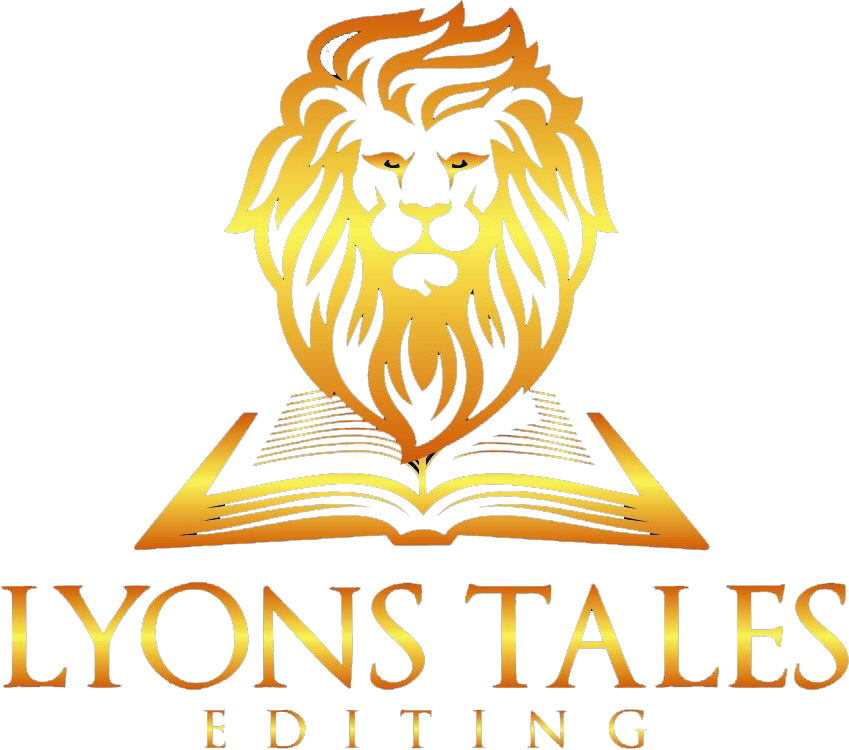5 Common Editing Mistakes and How to Avoid Them
Whether you're a whiz at copywriting, a proofreading pro, or just someone who likes to tidy up your own work, editing is your trusty sidekick. It transforms your rough drafts into polished gems, making sure your message shines through, clear and captivating. But, even the best editors can trip over a few sneaky mistakes.
Want to find out how what they are and how to avoid them? You’re in luck…read on for five common editing blunders and some handy tips to dodge them – make sure your editing is as smooth as a well-oiled word machine.
Mistake 1. Not stopping for a coffee break
Okay, it’s not technically a mistake to not stop and drink coffee. But it is if you don’t take a break between writing and editing. Many writers jump straight to editing after they write, not realising that it might be a good idea to look at something else other than a screen for a few minutes. You could be full of inspiration and just want to keep going, but don’t fall into this trap. More errors go unnoticed if you try and edit your work without giving your brain time to rest for a bit.
You might also lose your objectivity and decide that everything you write is pretty darn great, which is the road to disaster.
Solution
Always allow time between writing and editing. Stepping away from your work, even for a few hours, can give you a whole new perspective on your masterpiece. If you use this time to detach yourself from the content, you’ll return with a critical eye, ready to catch mistakes and make improvements.
Mistake 2. Ignoring Your Audience
Forgetting who you're writing for is an easy mistake to make but one that causes the most problems. When you lose sight of your audience, you risk creating content that doesn't resonate or communicate effectively. It’s like trying to explain Instagram to your gran. Frustrating and a complete waste of time.
Solution
Before getting your proofreading hat on, revisit your audience's needs and preferences. Ask yourself if the content is appropriate for their level of understanding, interests and expectations. Your tone, language and examples all need to be tailored to your target readers. Focusing on your audience when editing your content will help you to really get reader’s attention in the way you want– it’s all about engagement!
Mistake 3. Complicating Your Message
It's easy to get carried away with long, complex sentences and technical jargon, but using over-complicated language can alienate and confuse your readers. It’s a good idea to learn how to dump the waffle.
Solution
Simplicity is key. Try and ignore the desire to consult your thesaurus every other word and use simple language that will engage readers. Break down complex sentences, replace jargon with clear terms and get rid of all those unnecessary words.
Remember, the goal is to communicate your message as clearly and concisely as possible, not tangle your readers up with flowery prose. Why not try reading your work aloud? Hearing how it flows (or not) can help you identify areas where the language is too complex or awkward.
Mistake 4. Oops! Forgetting to Format
No-one likes reading content that is all over the page. Inconsistent formatting, varying tone and disjointed structure can all undermine the quality of your writing and give your reader a headache. These issues are likely to happen when you’re editing long-form content or working with more than one contributor.
Solution
It’s a good idea to create or refer to a style guide to keep consistency in formatting, tone and language throughout your content. Pay close attention to headings, bullet points and numbering to ensure they follow a uniform style. Not only will this help your reader follow the content easily, it’ll also make it look great on the page!
Additionally, make sure that you check the structure flows logically from one section to the next, providing clear transitions and keeping your reader eager for more.
Mistake 5. Becoming Best Friends with AI
Over-reliance on automated tools can lead to missed errors. Spellcheck, grammar tools and ChatGPT are helpful, but they're not infallible. They can miss context-specific errors, homophones and issues with flow or tone, leaving your work sounding more robotic than human.
Solution
While it's a good idea to use these tools initially, always follow up with a manual check. Read your work carefully, and if possible, have another person review it. A fresh pair of eyes can catch mistakes you might have overlooked and be able to let you know whether your tone comes across as intended – always handy to know before you accidentally offend or bore your readers!
Refining and Resonating with Copy Editing
So, whether you're editing your own work or someone else's, being aware of these common mistakes and how to avoid them can significantly improve your editing skills. Remember, editing is more than correcting typos—it's about refining the message and ensuring it resonates with the audience.
If you want to work on these skills, why not study with Proofread Anywhere and strengthen your ability to catch out and correct those pesky errors. By looking out for editing pitfalls, you can effectively engage your readers and elevate your content from good to great!






